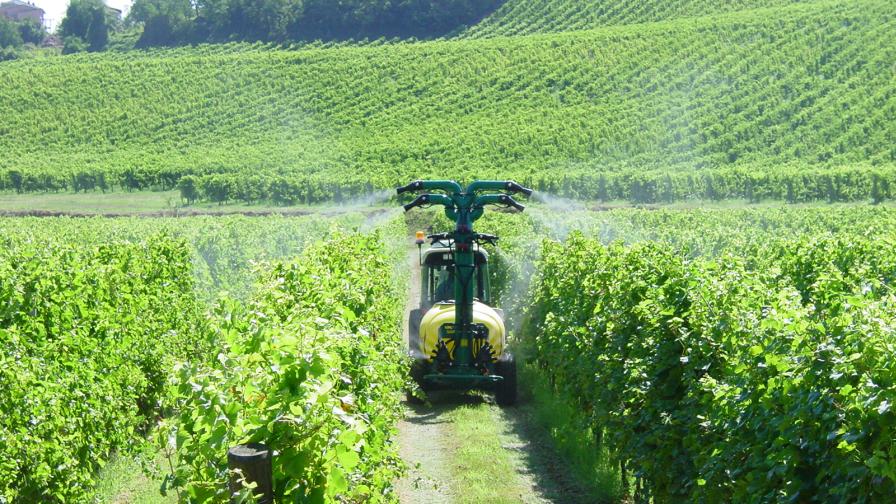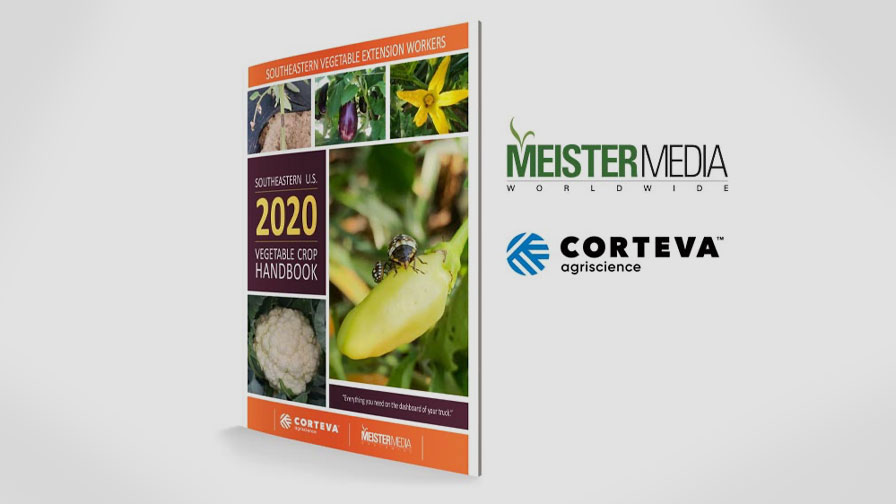Cover Your Crop Protection Bases With New Sprayer Technology

By a 4 to 1 margin over the next-most-popular responses (tractors and sensors), sprayers are a fruit grower’s most valuable equipment/technology, according to our 2024 State of the Industry survey. For those looking to add a new sprayer in your farm equipment lineup, you’re in luck. Options and features are on the grow.
“Spraying is the most important task a grower performs,” Willie Hartman, the Owner of OnTarget Spray Systems, says. “If it isn’t done correctly, it can be costly.”
Here, Hartman and his peers present updates on their respective companies:
OnTarget (Mt. Angel, OR)
OnTarget itself is a technology rather than a sprayer. The company’s sprayers revolve around this air-assisted electrostatic technology, which, accompanied by rate-control systems and GPS, provides uniform coverage with no runoff and minimized drift. New sprayer models designed for autonomous vehicles are a “game changer,” Hartman says. “They are compact and super-efficient. They can be used in non-autonomous vehicles like UTVs or Wee tractors, keeping the cost down. They can also fit into high-density crops like tunnels and greenhouses. More production is moving indoors, and we have a spray solution for these facilities.” OnTarget is a “perfect fit” for autonomous spraying, Hartman adds. “Most companies we are working with have battery-powered vehicles (EV). OnTarget uses the least amount of HP or KW and also the least amount of water per acre. These electric vehicles can have much longer run times and don’t have to stop and fill constantly. We have also designed new models that are compact and can fit on Wee autonomous vehicles. Removing an operator from the field for spraying is a big win.”
Air-O-Fan Products (Reedley, CA)
Owner Brent Davis continually works on his air-blast sprayers to produce more performance with less power. His latest design, the IH-3036 Reverse, requires 125 engine horsepower and will spray any orchard crop from 10 feet to 40 feet. The “IH” stands for induction housing, and “3036” for the dual fans being used. The fans are in line with each other, with the 30-inch fan feeding air supply to the 36-inch fan downstream. The 36-inch fan also draws ambient air from around fan No. 1. This, in effect, creates a forced-air vacuum multiplier, which superchargers the air being produced for final discharge air production. “The ‘reverse fan’ is so important because, as the machinery travels in a forward motion, through the field, any debris that falls from the tree canopy or any debris that is on the ground floor cannot get drawn into the suction guarding,” Davis says. “This means zero field maintenance, less crop damage from debris, and no loss of performance while you spray.”
Airtec Sprayers Inc. (Winter Haven, FL)

Photo courtesy of Airtec Sprayers
Before purchasing a sprayer, such as this 3-Point Air Boom Sprayer manufactured by Airtec Sprayers, growers should consider style of planning, plant heights, how many rows to cover, what size tractor the grower will be operating, and other critical design questions, Airtec CEO Tim Schaal says. “Incorporating rate controllers, mapping technology, and other automation that integrates with the tractor also helps optimize it’s functionality and use,” he says.
BDi Machinery (Macungie, PA)

Photo courtesy of BDi Machinery
President Paul Licata imports and distributes just one brand of sprayer — CIMA low-volume atomizer machines manufactured in Italy. “There do remain many growers that continue to use the old style of air blast, high volume, soaker sprayers. We are the opposite of the old-style air blast sprayers,” Licata says. The newer CIMA spray head TC.4M4C allows for over-the-row spraying, without booms, due to the top-mounted spray cannons. “An application spray head that can do multi-rows is very advantageous to growers who are seeking to increase productivity, with equal efficiency, while being easy to operate,” Licata says. “This spray head brings the best of both worlds for ease of use and application efficacy without any compromise.”
A1 Mist Sprayers (Ponca, NE)

Photo courtesy of A1 Mist Sprayers
Sales rep Dan Schweers of A1 Mist Sprayers recommends mist sprayers, such as A1’s Scout (shown here) and Terminator models, for their ease of use, coverage, and cost. “Compared to traditional-type sprayers and drone sprayers, mist sprayers are considerably cheaper and more cost effective,” he says.
Slimline Manufacturing (Penticton, BC)
One of the company’s newer products, the Multirow sprayer, covers multiple rows in a single pass, saving considerable time and effort, President Daryll Lowry says. To further improve spraying efficiency, Slimline has developed crop-specific attachments tailored to various types of orchards and vineyards. In addition, a unique fan assembly can produce more air while consuming less diesel. The increased airflow ensures better coverage and penetration of sprays, reaching all parts of the plant more effectively. “This not only enhances the effectiveness of chemical applications but also contributes to fuel savings and reduced operational costs,” Lowry says.










